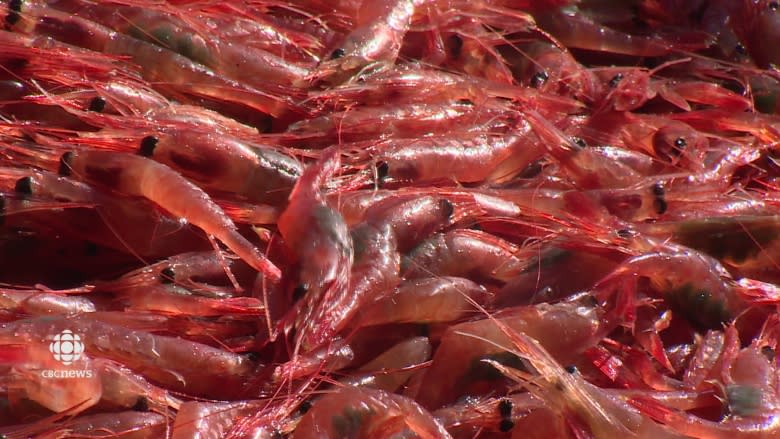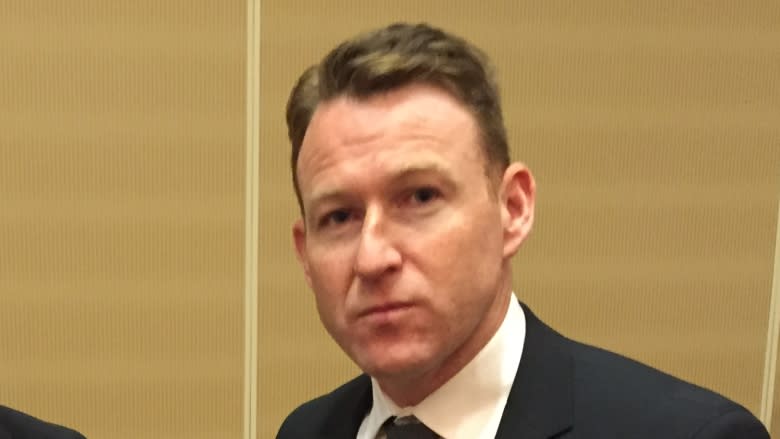Gutting of quota 'nail in the coffin' for inshore shrimp industry, says FFAW
The fisheries union in Newfoundland and Labrador says a massive reduction in shrimp quotas off the province's northeast coast will devastate the inshore industry.
"In an already bleak provincial economy, these cuts are the nail in the coffin for the inshore shrimp fishery," Fish, Food and Allied Workers union president Keith Sullivan stated in a news release.
The federal Department of Fisheries and Oceans announced Thursday that the total allowable catch for shrimp fishing in Area 6 will be reduced to 10,400 tonnes for the upcoming harvest.
The union said that's a 78 per cent reduction over the past two years, and thousands of people will face financial hardship as a result.
The quota was 48,196 tonnes in 2015, and dropped to just under 28,000 tonnes last year.
Stock in critical condition
DFO reported this winter that the fishable biomass of northern shrimp declined from 785,000 tonnes in 2006 to just 104,000 tonnes in 2016, including a 25 per cent decline from 2015 to 2016.
Factors such as a warming ocean, the growing abundance of predators such as cod, and increased fishing activity has been cited by DFO as reasons for the sharp decline.
The union said roughly 3,000 people are directly employed in the inshore shrimp fishery, which together with its spinoffs, contributed $250 million to the provincial economy in 2015.
Two years ago, shrimp income made up more than half of the total harvesting income for more than 75 per cent of shrimp harvesters, the union added.
"Combined with declining crab stocks and few other fisheries to fall back on, these cuts are having a significant impact on the economic livelihood of thousands of people in our province," said Sullivan.
"Taking away nearly two-thirds of the inshore quota for 2017 imperils the sustainability of hundreds of fishing enterprises and over a thousand good jobs."
Union says fishing not to blame
Sullivan wants DFO to reconsider the cuts, and is once again calling for larger offshore shrimp draggers to be banned from Area 6.
The inshore fleet can harvest about 70 per cent of the quota, while the offshore fleet can catch about 23 per cent.
Sullivan also accused DFO of slashing harvest rates well below what the stock can withstand.
"These dramatic cuts to the harvest rate are not in line with the reduction in the northern shrimp biomass," he said.
The union disagrees that overfishing has played a role in the decline of the stock, saying it's inevitable that shellfish stocks in the area will continue to decline.
"DFO policy is managing the resource as if they intend to rebuild the northern shrimp stocks. We've long requested that DFO take into account the entire marine ecosystem when making policy decisions. Species are not independent of each other," said Sullivan.
"Newfoundland and Labrador is facing a pivotal moment in the fisheries. As shellfish stocks decline and groundfish stocks recover, a well-managed transition period is crucial for fish harvesters and processing plants to make that shift."
"DFO must work with us to come up with a better solution that doesn't decimate rural Newfoundland and Labrador," warns Sullivan.



